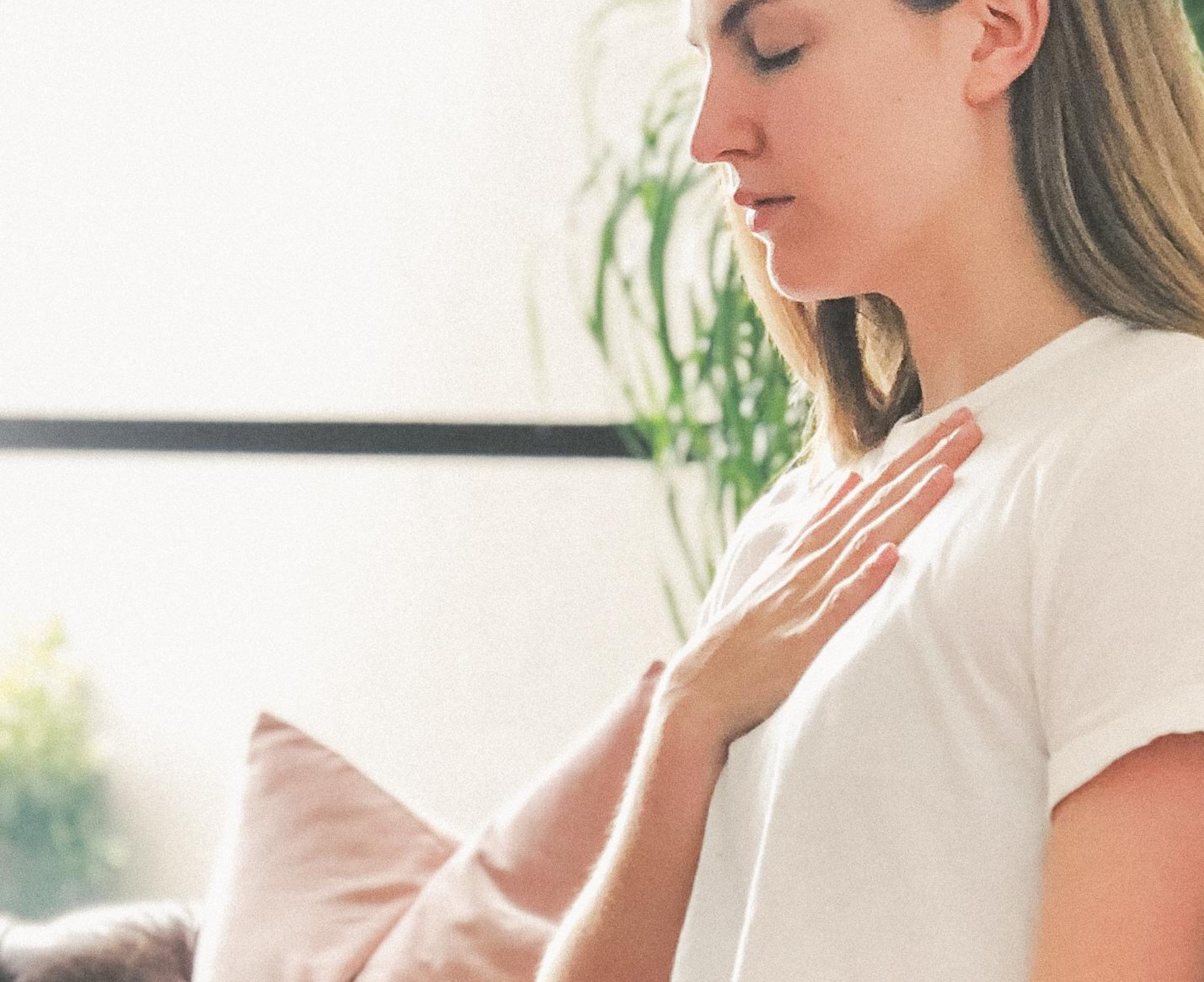The Art Of Breathing
“Breathing is the first act of life and the last. Our very life depends on it.”
– Joseph Pilates
The Breath
A subconscious act of the central nervous system that sustains the body, breathing, is a completely natural action, yet one that we tend to either neglect or overcomplicate. Our muscles and organs crucially require oxygen to function with a direct need and correspondence that as soon as movement is introduced to the body for the rate of breathing to increase, resulting in more oxygen being transported through the cardio-respiratory system.
The Relation To Stress
Breath patterns are directly impacted by the level of stress our nervous system is experiencing at any one time. For example when in a relaxed state the breath is deep and full, often drawing right down in towards the belly with an expanded, lengthened pattern. In moments that our cortisol levels and stress mechanisms are spiking, the breath becomes shallow, concentrated to the upper portion of the chest with short, rapid, superficial breathing.
The History
The belief that breathing exercises, or voluntary controlled breathing patterns, may provide health benefits or enhance performance in physical movement has been widely shared across cultures for many years. Some of these benefits include enhancing relaxation and decreasing stress, lowered blood pressure levels, improved focus and concentration, specific activation of muscles, increased levels of circulation and even a lowered risk for cardiovascular disease.
In Traditional Chinese Medicine, it is examined that the lung marks the boundary between the inner and outer world, with the inner world of the individual needing protection from the outside. The well-nourished lung is primarily responsible for physical vitality, with a sense of expansion, softness and space within the chest. The way to nourish the lung, is full, deep inhalations to provide deep breathing. There is an increased acceptance of disciplines, both Eastern and Western that integrate breath into their practice, such as yoga, tai-chi, karate, dance, swimming & weightlifting. These practices have directed aim to focus on different aspects of breathing to enhance performance or to increase health of the body, mind and spirit.
Pilates Breathing
In Pilates, breathing is used to connect these benefits to attain focus, activation, plentiful oxygen supply and relaxation. The focus within the Pilates method, is that of lateral breathing; breathing into the lateral and posterior sides of the rib cage, with an aim of drawing the air into the lowest posterior lobes of the lungs. This does three main things:
- Maintains control of the abdominal wall as the stomach does not expand as with a “belly breath” to provide sufficient support for the spine during the execution of movements and exercises.
- Draws air to the portion of the lungs most effective for gaseous exchange, meaning more efficient oxygenation for the body.
- Provides intention to organize and focus the mind, allowing for full integration of the mind/body connection to strengthen the voluntary control of breathing patterns.
How To Perform The Pilates Breath
To achieve this, you aim to inhale through the nose and expand the ribs laterally out to the sides, rather than forward or back, keeping a degree of consistent engagement within the abdominal wall. The exhalation, forced out through the mouth, is dynamic, bringing the ribs closer together and increasing the engagement of the abdominal wall with a co-contraction of lifting the pelvic floor. A great image for this is of an accordion – imagine, your lungs expanding outwards like an accordion as you inhale, and then closing within the exhalation. This active breath pattern helps prevent unnecessary tension, particularly through the chest and shoulders and allows a deep, strong and long inhalation and exhalation.
Particular exercises within the Pilates method will have a particular set breathing pattern, aimed to emphasis particular aspects of the movement or assist with the execution. Often we cue exhalations through the “difficult” phase of the movement to ensure the contraction of the core stabilizing muscles for safety and efficiency, such as the exhale during an abdominal curl to help draw the ribs closer to the hip bones and the flattened appearance of the abdomen. In other moments, we are looking to help facilitate movement by allowing the natural physical action of breathing to assist the exercise, such as inhaling during an upper back extension as the lungs expanding helps lift the chest. Sometimes, the cueing of inhaling and exhaling becomes overwhelming, the most important thing- just breathe! As long as the breath pattern remains full, intentional and sincere, the effects will largely be the same, it is more beneficial to keep breathing, then add stress and pass out!
Get the oxygen flowing now, three deep breaths and feel the oxygenating life force flood your system!
"Lazy breathing converts the lungs, literally and figuratively speaking, into a cemetery for the deposition of diseased, dying and dead germs as well as supplying an ideal haven for the multiplication of other harmful germs."
– Joseph Pilates
